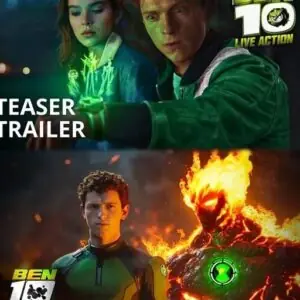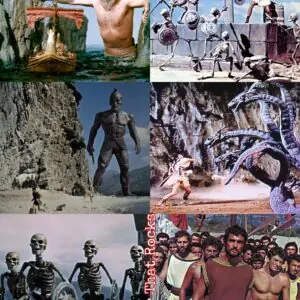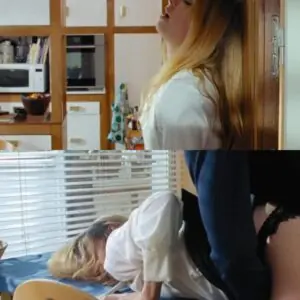Introduction
Breaking Surface (I uppdrag, 2020) is a Swedish-Norwegian survival thriller directed by Joachim Hedén. Clocking in at a tight 80 minutes, the film delivers relentless tension, breathtaking underwater cinematography, and a gripping story of sisterhood and survival. Unlike many survival films that rely on large-scale disasters or supernatural threats, Breaking Surface keeps its stakes intimate and personal, focusing on two sisters trapped in a diving accident.
With minimal dialogue and a claustrophobic setting, the film is a masterclass in suspense, drawing comparisons to 127 Hours (2010) and The Shallows (2016). This review will analyze the film’s strengths—its realism, pacing, performances, and cinematography—while also addressing its few weaknesses.
Plot Summary
The film follows half-sisters Ida (Moa Gammel) and Tuva (Madeleine Martin), who embark on a winter diving trip in northern Norway. Their plan is to explore an underwater cave system, but disaster strikes when a rockslide traps Tuva beneath the wreckage. With oxygen running out and hypothermia setting in, Ida must fight against time, freezing waters, and her own fears to save her sister.
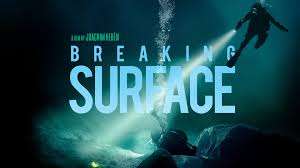
The tension is compounded by the sisters’ strained relationship—Ida is the responsible, cautious one, while Tuva is more reckless, leading to underlying resentment. As the crisis unfolds, their emotional baggage surfaces alongside the physical danger.
Analysis
1. Realism & Survival Thriller Elements
One of Breaking Surface’s greatest strengths is its commitment to realism. The diving sequences are meticulously crafted, with accurate depictions of equipment, underwater hazards, and the physiological effects of deep diving in cold water. Unlike Hollywood survival films that often exaggerate dangers for spectacle, this movie feels frighteningly plausible.
The rockslide accident happens suddenly, without dramatic foreshadowing, making it all the more jarring. From that moment, the film never lets up—every decision, every failed rescue attempt, and every gasp for air feels agonizingly real.
2. Pacing & Tension
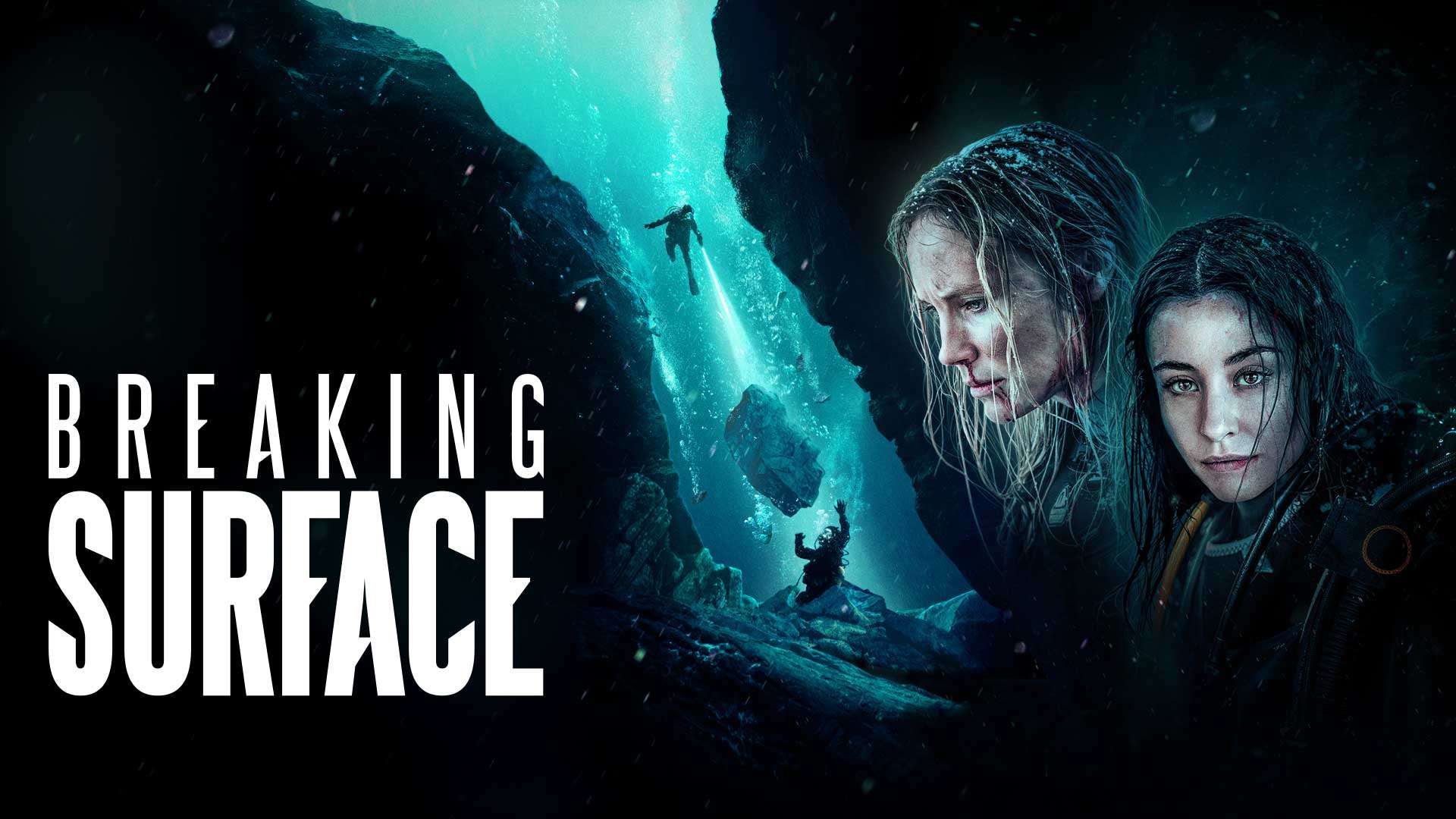
At just 80 minutes, Breaking Surface wastes no time. The first 15 minutes establish the sisters’ dynamic and the diving location before plunging (literally) into disaster. The remaining runtime is a relentless race against time, with no unnecessary subplots or filler scenes.
The underwater sequences are particularly nerve-wracking. The muffled sound design, the distorted visibility, and the sheer physical struggle of moving in heavy diving gear all contribute to an immersive, suffocating tension.
3. Performances
Moa Gammel and Madeleine Martin deliver outstanding performances, especially considering much of their acting is done through body language (since dialogue is limited underwater). Gammel’s portrayal of Ida—her panic, determination, and sheer exhaustion—is visceral. Martin, trapped under rocks for most of the film, conveys terror and desperation with subtle facial expressions.
Their sisterly bond feels authentic, with unspoken tensions lingering beneath their interactions. The film smartly avoids melodrama, letting their relationship unfold naturally through the crisis.
4. Cinematography & Sound Design
The underwater cinematography by Stefan Falk is stunning, alternating between wide shots of the vast, icy ocean and tight close-ups of the sisters’ struggles. The use of natural light (or lack thereof) adds to the realism—when Ida’s flashlight fails, the screen goes nearly black, forcing the audience to share her disorientation.
The sound design is equally impressive. Above water, the howling wind and crunching snow emphasize the isolation; underwater, the muffled silence and ragged breathing create an oppressive atmosphere.
5. Themes: Sisterhood & Survival
Beyond the physical survival story, Breaking Surface is about emotional survival. Ida and Tuva’s strained relationship mirrors their fight against nature—both must confront buried resentments to make it out alive. The film subtly explores themes of guilt, responsibility, and forgiveness without heavy-handed dialogue.
Comparison to Other Survival Films
Breaking Surface stands out from other survival thrillers due to its minimalism. Unlike The Shallows (which had a shark antagonist) or 127 Hours (which focused on one man’s psychological battle), this film’s conflict is purely environmental. The closest comparison might be Open Water (2003), but Breaking Surface benefits from stronger character development and a more dynamic setting.
Strengths & Weaknesses
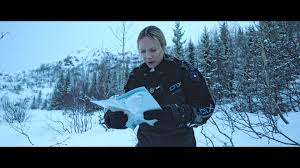
Strengths:
-
Unrelenting tension & expert pacing
-
Realistic diving sequences & survival mechanics
-
Strong performances with minimal dialogue
-
Stunning underwater cinematography & sound design
-
Emotional depth in sisterly relationship
Weaknesses:
-
Very minimal setup—viewers who prefer character backstory may feel underserved
-
Limited scope (which is also a strength, but may not appeal to everyone)
-
Ending feels slightly abrupt
Final Verdict
Breaking Surface is a masterfully crafted survival thriller that excels in realism, tension, and emotional stakes. While its minimalist approach may not satisfy viewers looking for elaborate backstories or grand resolutions, it’s a near-perfect example of tight, efficient storytelling.
Rating: 8.5/10 – A gripping, immersive, and emotionally charged dive into survival horror.
Recommendation
If you enjoy intense, realistic survival films with strong character dynamics, Breaking Surface is a must-watch. For similar films, check out The Dive (2023), Open Water (2003), or Frozen (2010).
Would you like a deeper dive into any specific aspect of the film?



